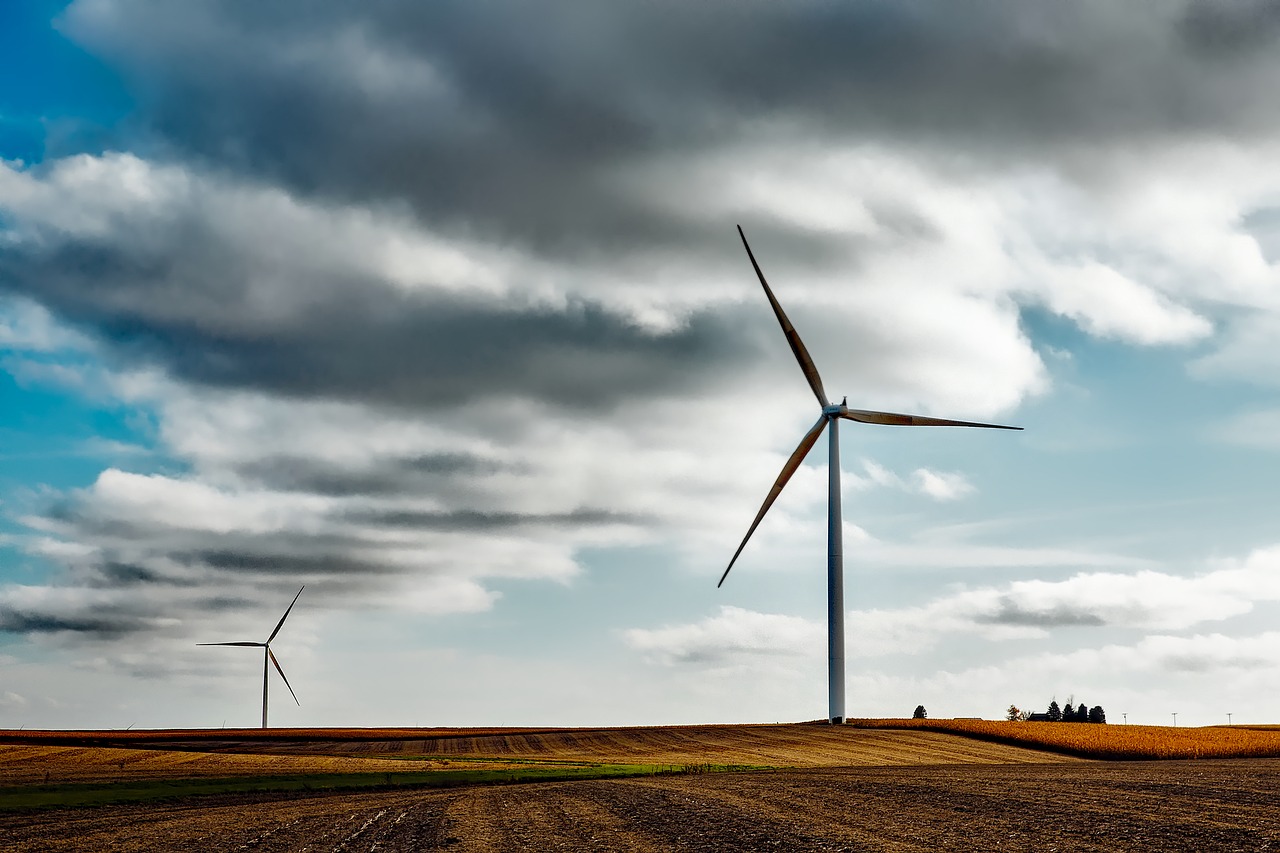Wind energy is one of the most promising sources in terms of sustainability and reliability, but the turbine technology used is still imperfect. The size of the average turbine blade means that testing and prototyping can be prohibitively expensive and time-consuming. 3D printing could solve this issue due to its improved design flexibility and speed of production when compared to conventional casting methods.
Sandia National Laboratories, one of the U.S. Department of Energy’s main research and development facilities, has been working on improving energy technology, with a particular focus on sustainability, and 3D printing has become a key focus. Infacts, the engineering and science laboratory recently won the Federal Laboratory Consortium for Technology Transfer’s national 2018 Technology Focus Award, for developing the first wind turbine blades fabricated from a 3D printed mold.
To fabricate the turbine blades, Sandia teamed up with Oak Ridge National Laboratory, a leader in the field of 3D printing, as well as TPI Composites, the nation’s largest independent manufacturer of wind turbine blades.
Using 3D printing technology enables the prototyping phase for new turbine blades to be drastically shortened. Conventional methods for making a mold were incredibly time-consuming and labour-intensive, and each new prototype mold would take around 16 months to complete, before the blade could eventually be built and tests carried out on it. 3D printing the mold instead has cut this time down to just three months.
The winners of the Technology Focus Award were honored on April 25, 2018, at an award ceremony at the Federal Laboratory Consortium’s national meeting in Philadelphia, Pennsylvania. Sandia received the award for its collaborative approach to solving a pressing industry problem.






